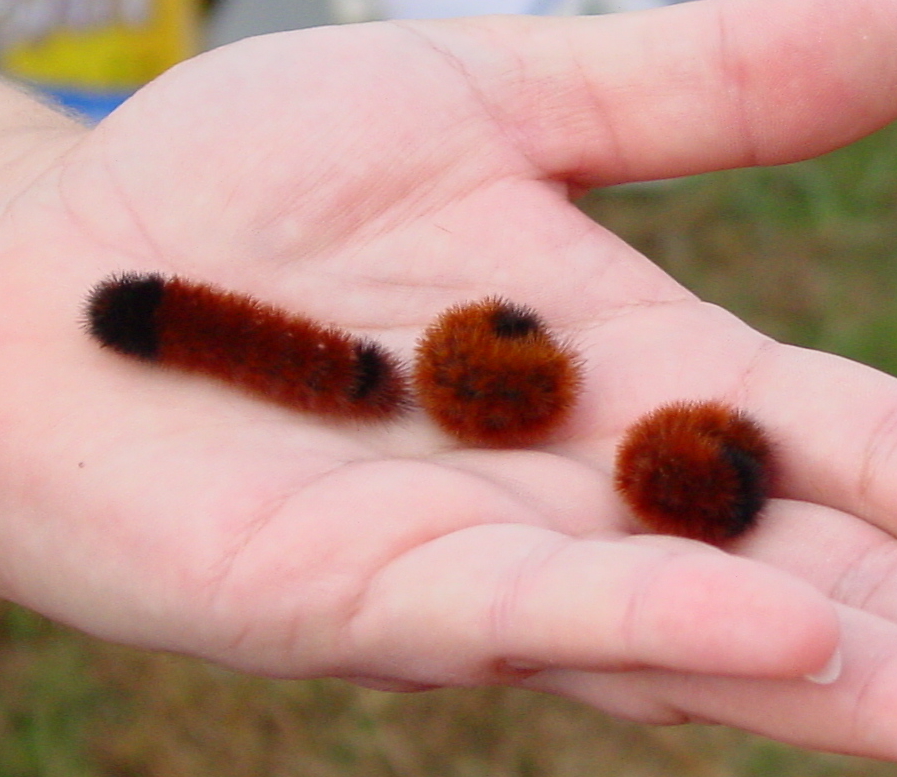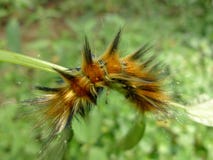

There are several species of flannel caterpillars that may be encountered. Flannel Moth Caterpillars (Family Meglopygidae) They feed on a wide variety of plants including corn, roses, willow, linden, elm, oak, locust, apple, beech, ash, currant, and clover.įigure 3. Mature caterpillars are two inches in length and covered with branched, black-pointed yellow spines. The caterpillar is overall light green to yellow, but along each side there is a narrow red line bordered below by a white line. There is a single generation a year.įigure 2. They are commonly encountered when mature larvae wander off the trees where they fed in search of places to pupate.

These can be quite common on oak or willow trees from spring to mid-summer. The body is clothed with branched black spines that may have red or black tips. The mature two-inch caterpillar is brown to purplish black with numerous yellow spots. Some moths in this family represent some of the most colorful and showiest moths in the commonwealth.

These are large leaf feeding caterpillars with numerous spines over the body. We have many species of silkworm caterpillars in Kentucky, but only two members of this group possess poisonous spines. Giant Silkworm Caterpillars (Family Saturniidae) Urticating hair tip of a saddleback caterpillar showing the pore near the tip from which the toxin is secreted and the weakened ring where the tip breaks off the spine.

Reactions can range from a mild itching to the more severe pain, swelling, blistering, dermatitis, and even intestinal disturbances.įigure 1. When these hairs are touched they pierce the skin releasing poison. Stinging caterpillars possess hollow quill-like hairs, connected to poison sacs, which are used as defensive weapons. There are other less common stinging caterpillars and others common ones which may cause less severe reactions which are not listed here. This factsheet describes some of the more commonly encountered stinging caterpillars in Kentucky which cause serious reactions. We are fortunate that only the caterpillar stage of these species sting, the adults do not have stinging hairs. But we have several few stinging caterpillars of various shapes, sizes and colors. With most species, these are for show and are quite harmless. Recognizing the few stinging caterpillar species in Kentucky may prevent irritating encounters.Ĭaterpillars are immature stages of moths and butterflies that often have spines and barbed hooks. Only a few people realize, usually from first- hand experience, that handling some caterpillars can produce some painful results. Most people know that bees, wasps, hornets and some ants can sting to defend themselves or their nests. University of Kentucky College of Agriculture ENTFACT-003: Stinging Caterpillars | Download PDF | En Español by Ric Bessin, Extension Entomologist


 0 kommentar(er)
0 kommentar(er)
